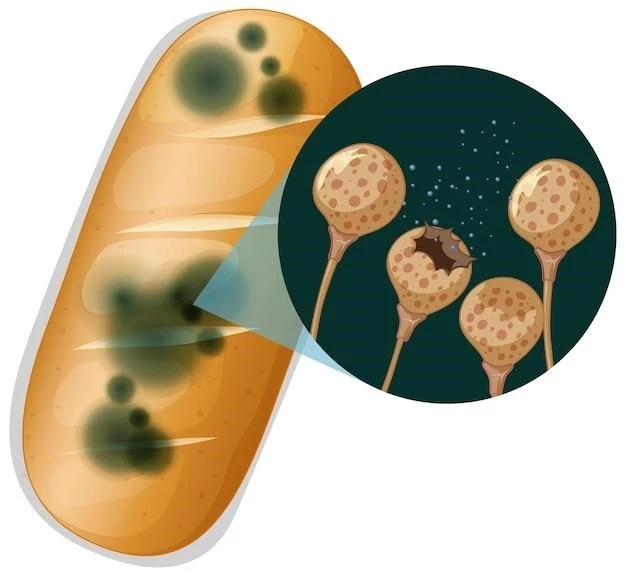Introduction to Pseudopelade of Brocq
Pseudopelade of Brocq (PBB) is a primary cicatricial alopecia with lymphocytic infiltrate predominance. Classic PBB affects mostly women between the ages of 30 and 50 years٫ presenting with small flesh-colored alopecic patches with irregular margins.
Clinical Presentation
Patients with Pseudopelade of Brocq often notice discrete areas of hair loss on the scalp, commonly at the vertex and parietal area. This condition typically progresses slowly over months to years. Clinically, it presents as small flesh-colored patches with irregular borders, and in some cases, there may be signs of worsening hair loss.
Disease Overview
Pseudopelade of Brocq (PBB) is a slowly progressive, chronic condition characterized by scarring hair loss (cicatricial alopecia). There is controversy surrounding whether PBB is a distinct condition or a final stage of various scarring alopecias.
Progression and Controversies
Pseudopelade of Brocq typically progresses slowly over months to years, with new areas of alopecia developing. There is ongoing debate regarding whether Pseudopelade of Brocq is a distinct condition or a final stage of various scarring alopecias such as discoid lupus erythematosus or lichen planopilaris.

Diagnosis and Differential Diagnosis
Diagnosis of Pseudopelade of Brocq involves examination of the scalp for flesh-colored patches with irregular margins. Differential diagnosis includes other scarring alopecias like discoid lupus erythematosus or lichen planopilaris.
Diagnostic Teams
Diagnosis of Pseudopelade of Brocq may involve a dermatologist within the diagnostic team. Dermatologists specialize in recognizing and diagnosing various skin conditions, including hair loss disorders. Seeking a consultation with a dermatologist can help in confirming the diagnosis and determining the appropriate management plan.
Treatment Options
Pseudopelade of Brocq is a challenging condition to treat, with poor response to most treatment modalities. It is crucial for clinicians to carefully evaluate the risks and benefits of systemic therapies. Some approaches may include topical or intralesional steroids, calcineurin inhibitors, and phototherapy.
Challenges in Treatment
Pseudopelade of Brocq is known to be a challenging condition to treat due to its poor response to many treatment options. It is important for clinicians to be cautious when considering systemic therapies and carefully weigh the potential benefits against the risks associated with these treatments.

Surgical Interventions
For Pseudopelade of Brocq, surgical treatments like hair transplantation and flap procedures are considered less preferred due to the unstable nature of the condition. It is advisable to explore other treatment options before considering surgical interventions.
Hair Transplantation and Flap Procedures
Surgical interventions such as hair transplantation and flap procedures are considered less favored for treating Pseudopelade of Brocq due to the condition’s unstable nature. It is advisable to exhaust other treatment options before considering surgical procedures.
Prognosis and Risk Factors
When dealing with Pseudopelade of Brocq, it is essential to consider the chronic and slowly progressive nature of the condition. Treating this disease comes with its challenges due to poor response rates, emphasizing the importance of early diagnosis and exploration of various treatment modalities; It is crucial for clinicians to carefully assess the prognosis and risk factors associated with each treatment option to provide the most suitable care for individuals affected by Pseudopelade of Brocq.
